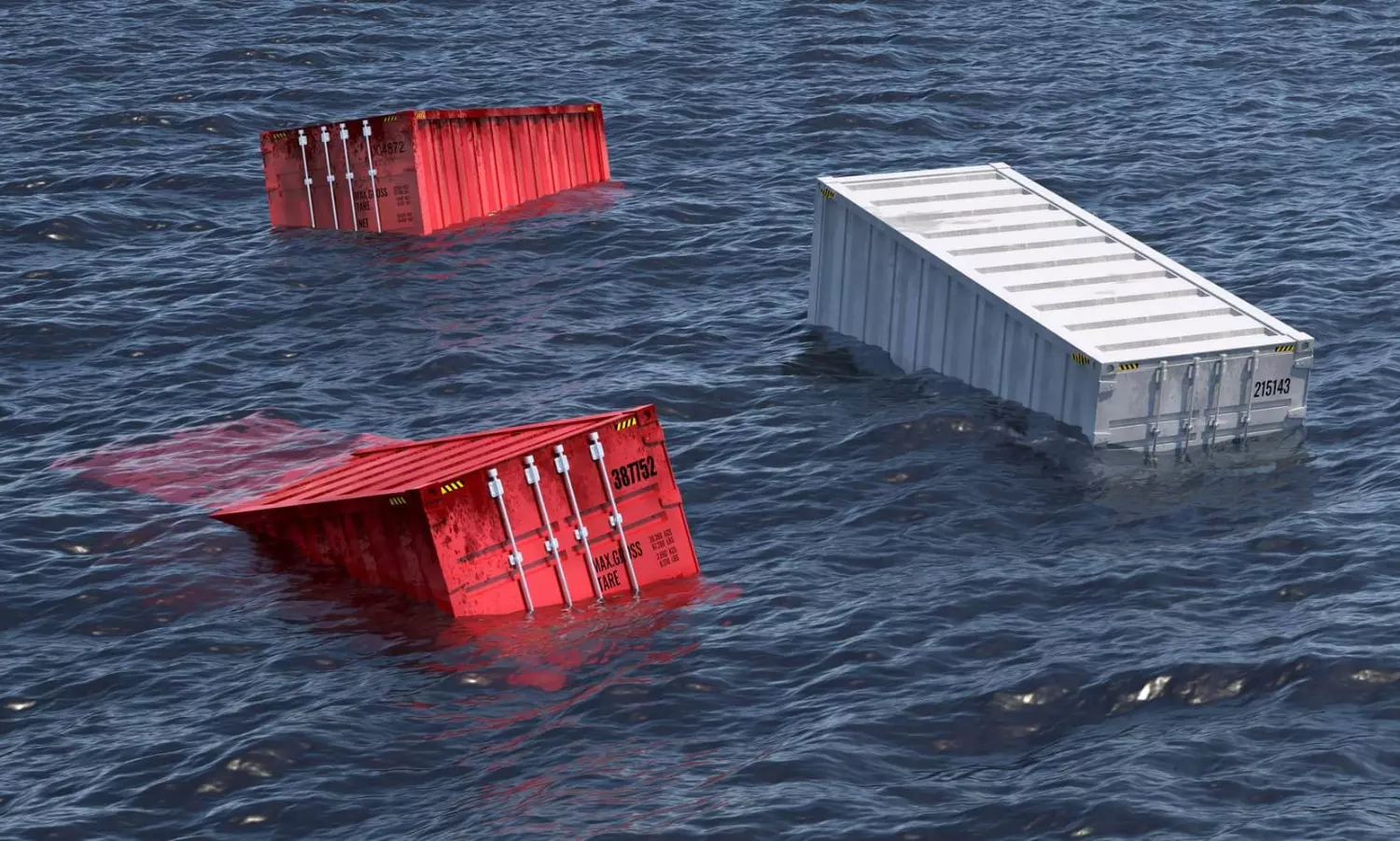661 containers lost at sea in 2022: WSC
Most WSC member carriers saw no/single digit container losses in 2022, only two carriers report losses above 100 units

In 2022, 661 containers were lost at sea, according to the latest update from the World Shipping Council (WSC).
"This represents less than one thousandth of 1% (0.00026%) of the 250 million packed and empty containers currently shipped each year with cargo transported valued at more than $7 trillion," says the Containers Lost at Sea – 2023 Update.
Most WSC member carriers saw no or single digit container losses in 2022 with only two carriers reporting losses above 100 units for the year, the update added.
"Reviewing the results of the total fifteen-year period (2008-2022) surveyed, the WSC estimates that there was on average a total of 1,566 containers lost at sea each year. Average losses for the last three years was 2,301 containers per year (2020-2022)."
John Butler, President & CEO, WSC says: "The reduction in containers lost at sea in 2022 is positive news but there is no time for complacency. Every container lost at sea will always be one too many and we will continue with our efforts to make the sea a safer place to work, and to protect the environment and cargo by reducing the number of containers lost at sea."
Proper packing, stowage and securing of containers, and reporting of correct weight are key to the safety of a container ship, its crew, and its cargo, to shore-based workers, and to the environment, says WSC in its update. "The responsibility for container safety is shared across the supply chain, and, every day, liner carriers work with their partners to prevent incidents and ensure safe container transport."
Continued focus on improving safety
The liner shipping industry works continuously to further enhance container safety, partnering with governments and other stakeholders to reduce the number of containers lost at sea, the update said.
"To this end, WSC, several member lines and a range of maritime stakeholders started the MARIN TopTier project in 2021. The research undertaken has already delivered concrete data on the causes of containers overboard and how to prevent further incidents. This includes training materials to raise awareness of the risk of various kinds of parametric rolling, as well as tools such as videos and calculators to help prevent and, if necessary, manage such dangerous situations.
"TopTier research is currently taking place into container and lashing gear strength, stowage planning and optimisation, guidelines for vessel operations, and voyage planning. More results are to come in the form of industry best practices, updated safety standards, and recommendations as the project enters its third and final year. TopTier will continue reporting on progress and to share insights on a regular basis on its website, through the IMO and in other forums."
Annual updates for improved data
Correct data plays an important part in the work to enhance container safety. "Many improvements have been achieved over the years including improvements to the Safety of Life at Sea (SOLAS) convention, creation and promotion of the Code of Practice for Packing of Cargo Transport Units (CTU Code) and ISO standards for container lashing equipment and corner castings. This work continues."


